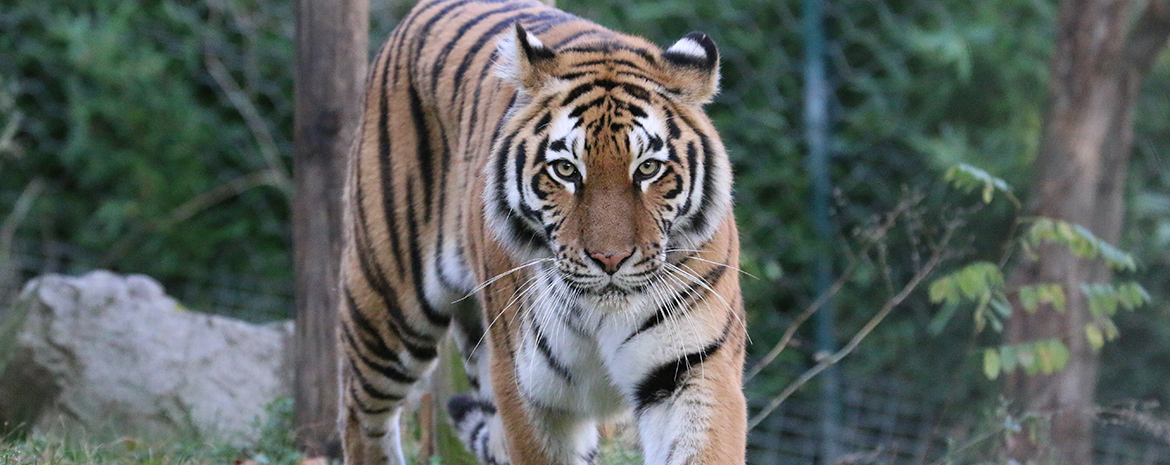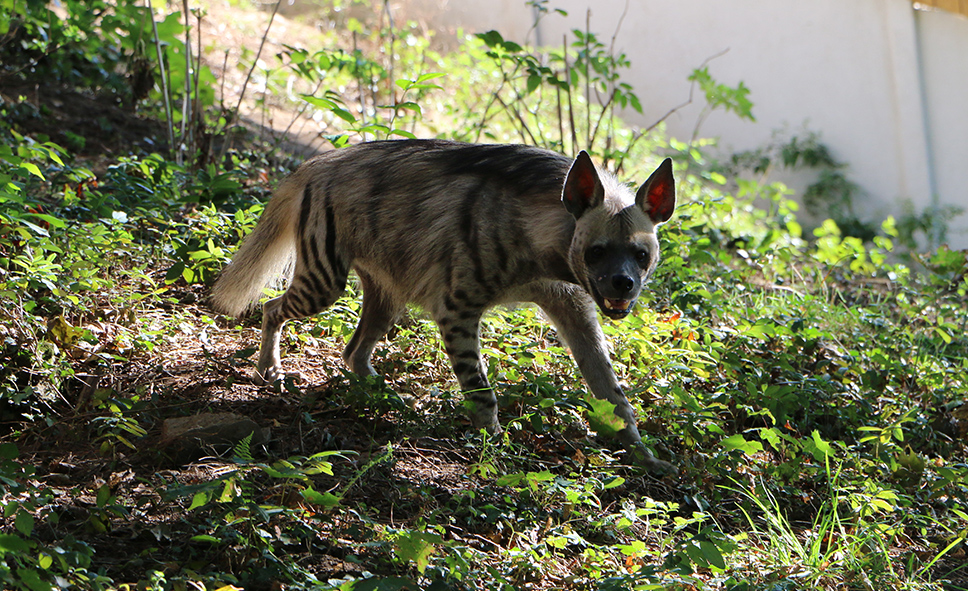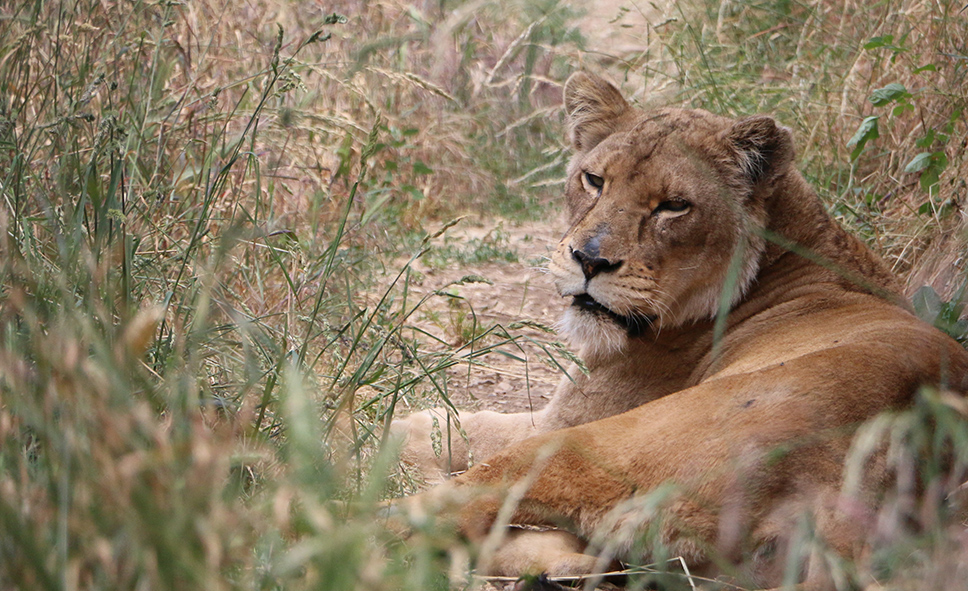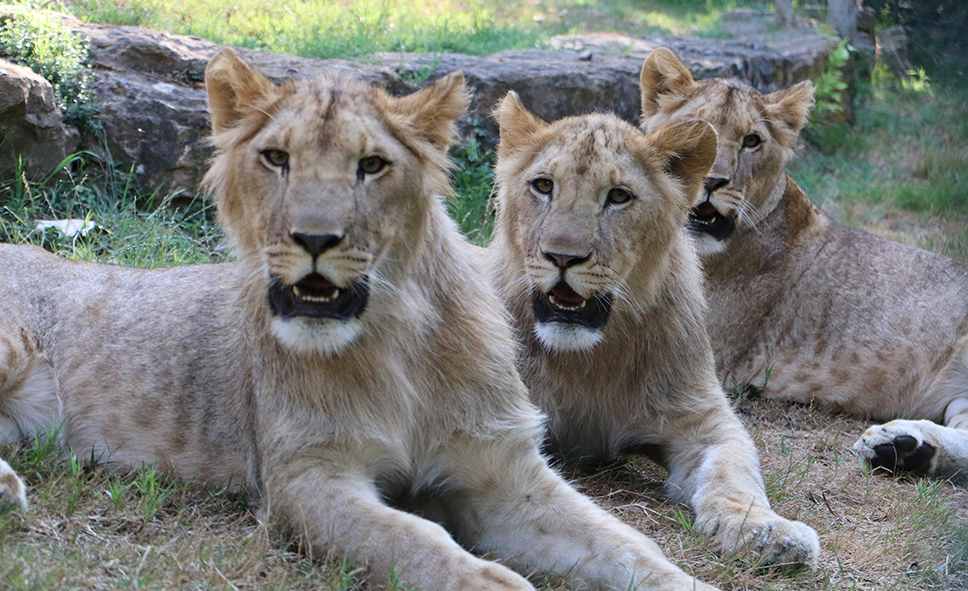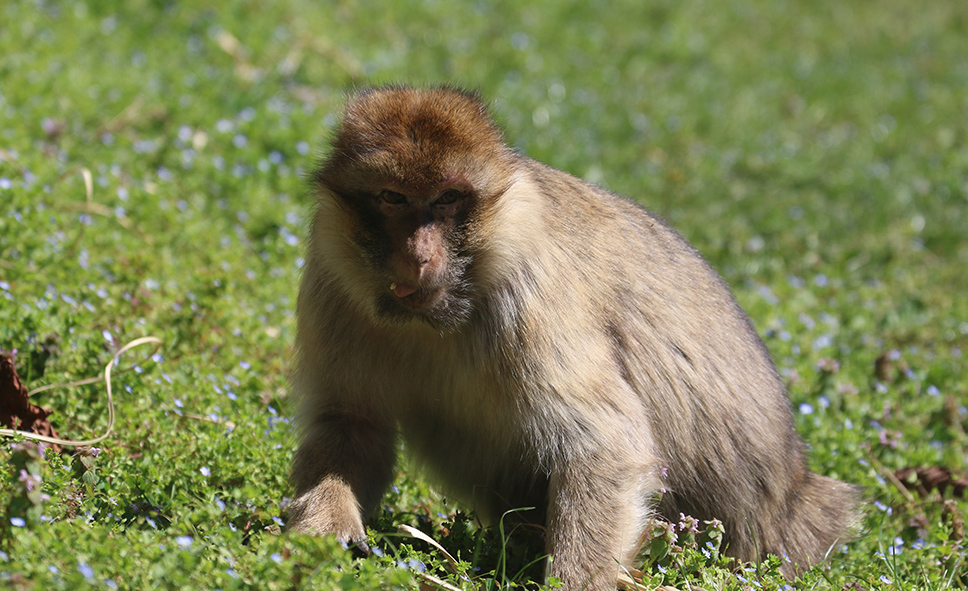After having cared for, socialized the animals and formed groups or pairs (depending on the species and the characteristics of each individual), we seek to place them in permanent locations. The goal is always to improve the living conditions of the animal.
- Zoos, which have spaces and the necessary authorizations to accommodate these animals,
- Sanctuaries elsewhere in the world , which remain enclosed spaces but are much larger in size than those that can be found in France. It's not a return to nature but the animals are at least on the right continent of their species. This placement, ideal for lions, servals or panthers, nonetheless remains exceptional. Sanctuaries that are trusted, financially stable and have space are in high demand from organizations around the world and are rare.
There are two placement possibilities:


